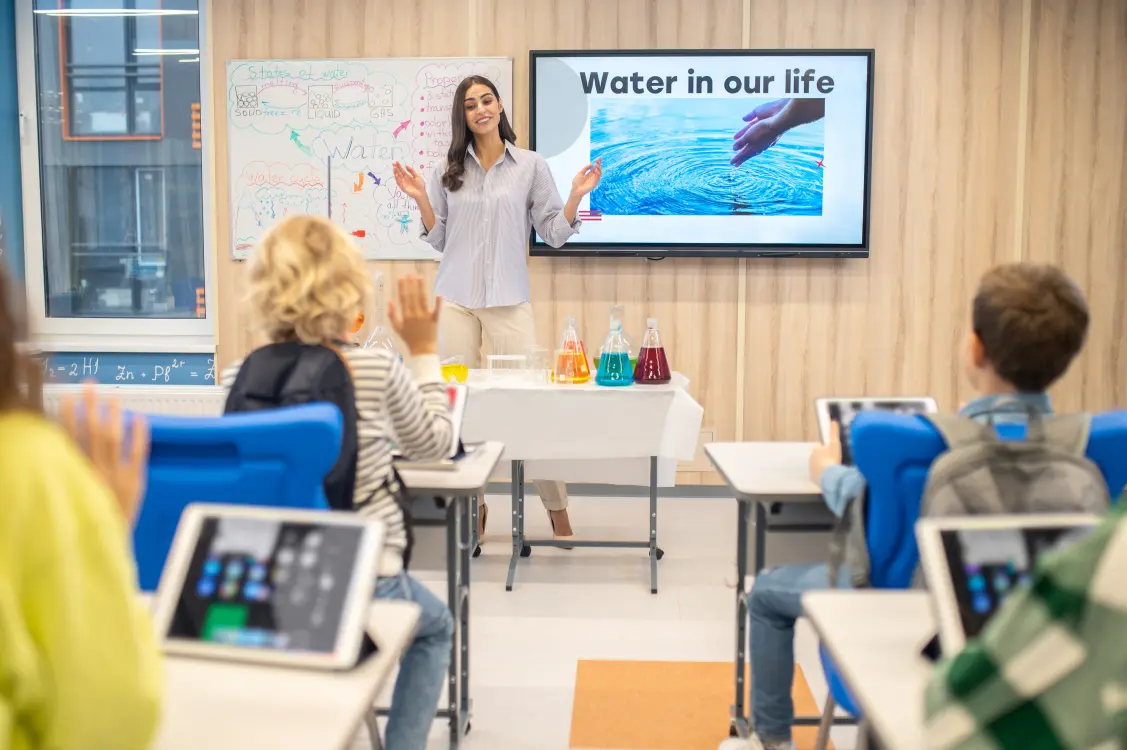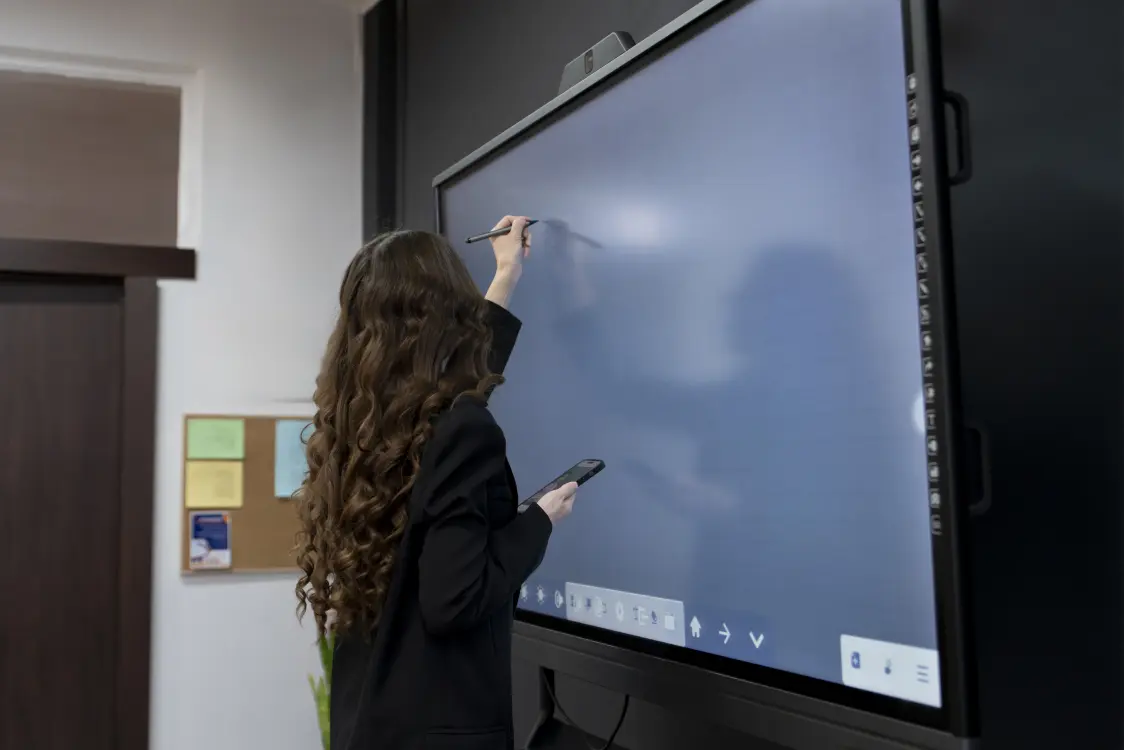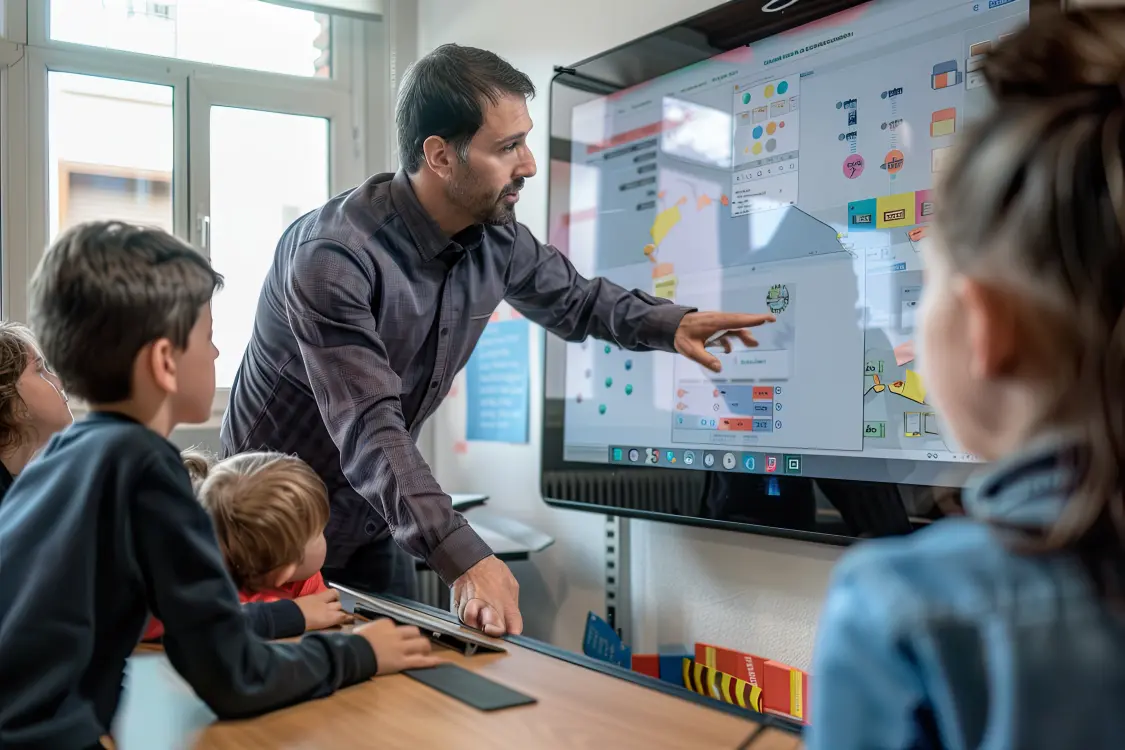Education is undergoing a digital transformation, and
smart classrooms are at the heart of this change. A
smart classroom integrates
modern technology to create an interactive and engaging learning environment. Schools and universities worldwide are adopting
smart classroom solutions to enhance student engagement, improve collaboration, and make learning more effective.
Here are
8 key facts about how smart classrooms improve learning and why they are essential for the future of education.
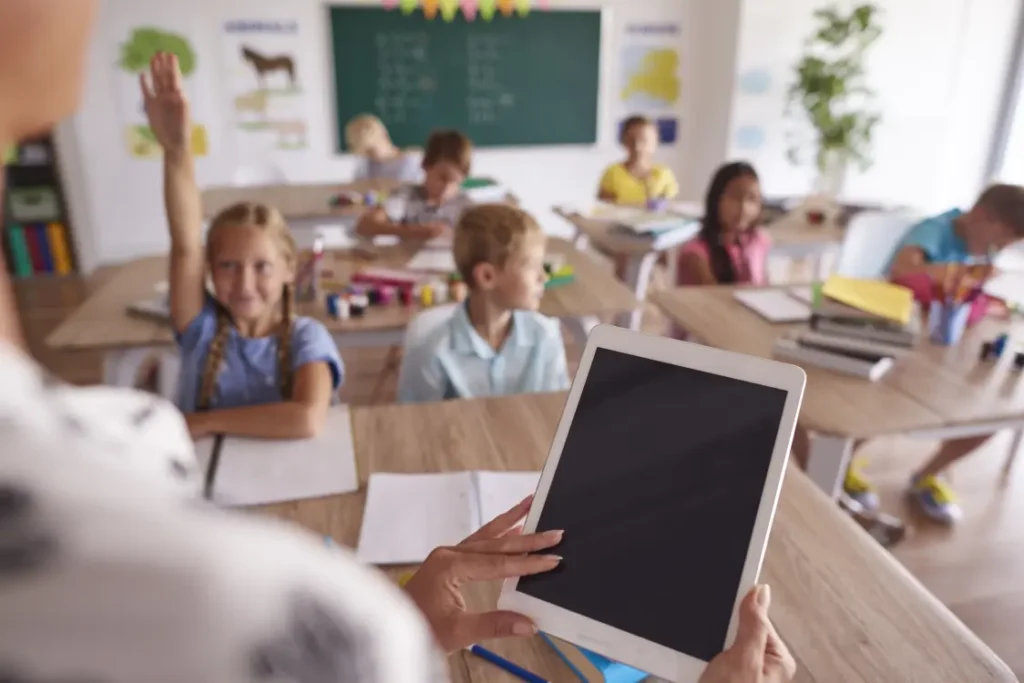
1. Interactive Learning Enhances Engagement
A
smart classroom transforms traditional teaching into an interactive experience. With tools like
smartboards, touchscreen displays, and digital content, students engage better and retain information more effectively. Visual and hands-on learning methods make lessons more interesting and increase participation.
Moreover, multimedia tools like educational videos, simulations, and gamified exercises create a stimulating environment. This helps students grasp complex concepts faster and maintain focus during lessons, reducing distractions in the classroom.
2. Personalized Learning for Better Student Outcomes
Every student learns differently, and
smart classrooms support personalized education. AI-driven tools adapt lessons to individual student needs, allowing for self-paced learning. Cloud-based platforms enable students to access recorded lectures and assignments anytime, ensuring a more flexible learning experience.
Teachers can track student progress through real-time analytics, helping them identify areas where students struggle and provide targeted support. This data-driven approach ensures that no student is left behind, ultimately improving academic performance.
3. Real-Time Feedback and Improved Assessments
One of the biggest advantages of a
smart classroom is the ability to provide
instant feedback. Digital assessments, AI-driven grading, and interactive quizzes allow teachers to
track student performance in real time. This immediate feedback helps educators tailor their teaching strategies to improve student understanding.
With smart grading systems, teachers spend less time on manual evaluations, giving them more time to focus on lesson planning and student engagement. This also allows students to correct mistakes immediately and learn from them, reinforcing knowledge retention.
4. Seamless Collaboration and Communication
A
smart classroom fosters collaboration by allowing students to work together on
digital platforms. Cloud-based tools enable file sharing, group discussions, and real-time project collaboration. Whether students are in the classroom or learning remotely, they can engage with teachers and peers more efficiently.
Collaboration tools like interactive whiteboards, virtual breakout rooms, and shared digital workspaces make learning more dynamic. These tools teach students valuable teamwork and problem-solving skills, preparing them for future careers that rely on digital collaboration.
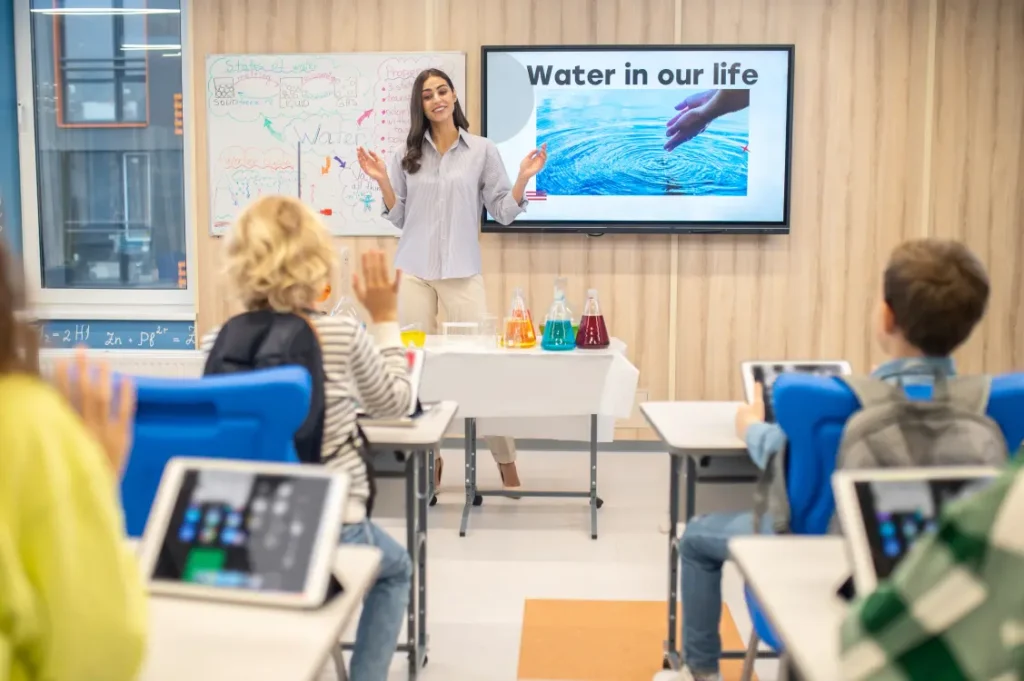
5. Access to a Wide Range of Digital Resources
A
smart classroom connects students to a vast library of digital learning materials, including
e-books, online courses, and multimedia content. These resources go beyond traditional textbooks, offering interactive simulations and video tutorials that improve comprehension and make learning more engaging.
Additionally, cloud-based storage allows students to access notes, assignments, and lectures anytime, eliminating the fear of losing study materials. This makes learning more accessible and convenient, ensuring that students can review lessons whenever needed.
6. Increased Student Participation with Gamification
Gamification elements in a
smart classroom help make learning more exciting. Features like
digital quizzes, rewards, and leaderboards encourage students to participate actively. This approach boosts motivation, engagement, and competition, leading to better learning outcomes.
Gamified learning methods have been proven to increase student motivation, making even challenging subjects enjoyable. Students are more likely to stay engaged when learning feels like a game rather than a monotonous task.
7. Smart Classrooms Enhance Accessibility and Inclusion
One of the most significant benefits of a
smart classroom is its ability to cater to diverse learning needs. Features like
screen readers, voice-to-text software, and adjustable font sizes help students with disabilities access learning materials more easily. Online learning options also make education more flexible and inclusive.
In addition, smart classrooms provide language translation tools, allowing students from different linguistic backgrounds to understand lessons in their preferred language. This global accessibility ensures that learning remains inclusive and beneficial for all students.
8. Preparing Students for a Tech-Driven Future
A
smart classroom equips students with essential digital skills needed for the modern workforce. By integrating
AI, cloud computing, and virtual reality, schools help students develop technological literacy and problem-solving abilities. These skills are crucial for higher education and future careers.
By exposing students to
cutting-edge technology, smart classrooms ensure that they are ready to adapt to the evolving job market. This early exposure prepares them for tech-based industries and encourages innovation in learning and problem-solving.
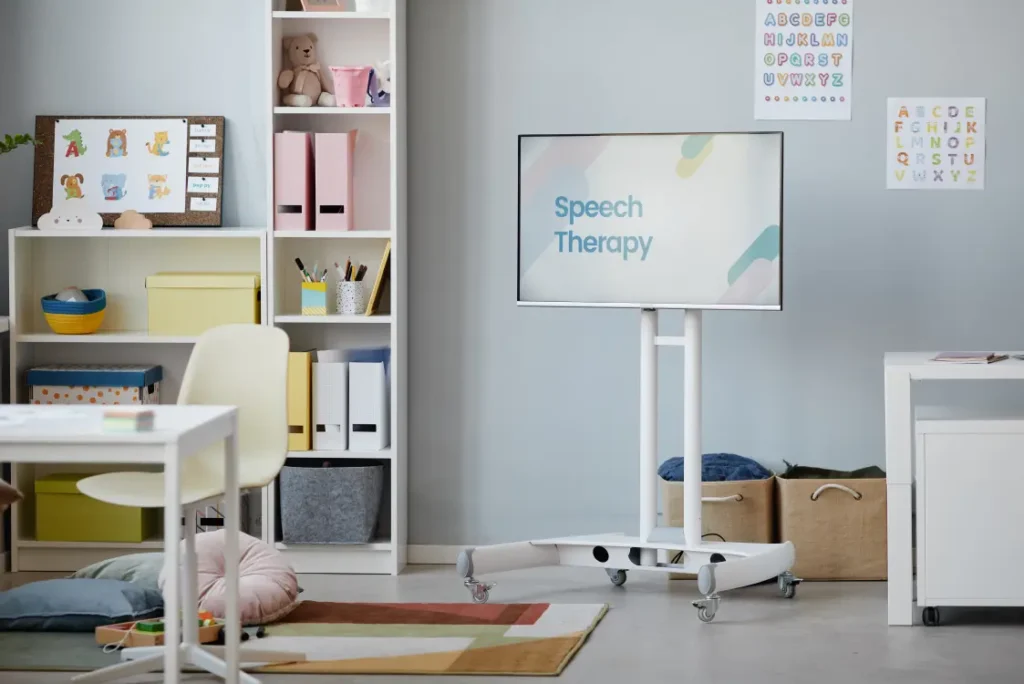
Conclusion
The impact of
smart classrooms on education is undeniable. By providing interactive learning, personalized education, real-time feedback, and collaborative opportunities,
smart classrooms enhance student engagement and academic performance. With access to digital resources, gamified learning, and inclusive teaching methods,
smart classrooms are shaping the future of education.
As schools and institutions continue to embrace
smart classroom technology, students will benefit from more engaging, flexible, and effective learning experiences. Now is the time to invest in
smart classrooms and take education to the next level!



